We must promote diversity in our history lessons. By doing so, we ensure that all students feel represented and can see themselves in past narratives.
Additionally, diversity in our history teaching allows for a more accurate portrayal of events and ensures that no one group is unfairly favoured or discriminated against.
Here are some ways to promote diversity in your history lessons!
Related: For more, check out our article on Poems About Diversity here.
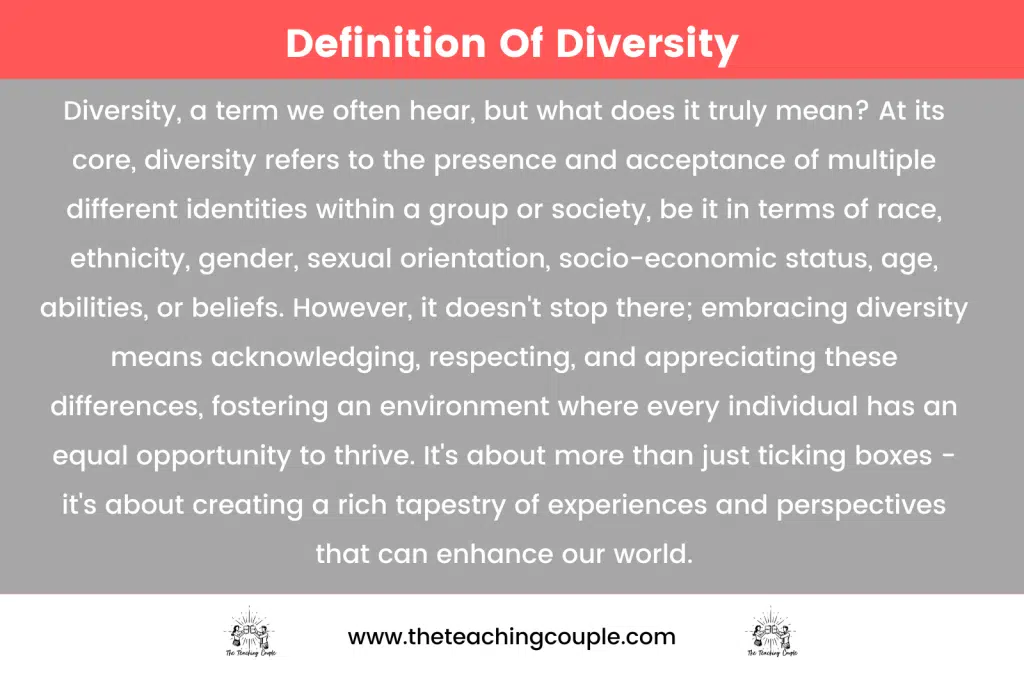
The Importance of Promoting Diversity
History is such a vital subject to be taught in schools. Our teachers are essential in educating us about the events and people shaping our past.
It is necessary to ensure that these history lessons include a variety of voices, stories, and perspectives to increase our cultural understanding, foster acceptance of different cultures, and ultimately celebrate the unique people who make up our country’s rich history.
By providing diverse representation in our history lessons, we validate different backgrounds and create an environment where young learners can identify with many other stories and possibilities.
Embracing diversity is crucial to learning both within and outside the classroom because it helps us appreciate our gifts and recognise differences without judgement or prejudice. Doing so can foster stronger relationships and build a stronger society.
Why We Should Teach a More Diverse Range of Historical Figures
There is no denying that some incredible people have shaped the history of our world, but too often, they only come from a specific demographic with a certain degree of power. This can limit how our youth think about who or what makes history and instil the idea that only certain people can achieve greatness.
Therefore, schools need to teach a more diverse range of historical figures – individuals from all walks of life and genders who have made significant contributions to society.
Doing so will open students’ eyes to the different kinds of achievements possible and how we all have something valuable to offer regardless of who we are or where we come from.
Moreover, it can cultivate an environment that celebrates everyone’s unique skills and efforts, so everyone’s ideas are respected and their work is seen as meaningful.
Encourage Engagement
To help promote engagement with diverse history lessons, educators should strive to allow students to explore the topics through interactive activities. Activities such as group debates, hands-on demonstrations, or creative writing pieces can give students a more in-depth understanding of their learning.
Additionally, encouraging critical thinking and providing discussions on current connections between such histories can demonstrate the relevance of these stories in students’ lives today.
Furthermore, teachers should utilise an inclusive approach that places value on all levels to provide a culturally diverse education. Introducing students to new ideas, opinions and perspectives that may be different from their own will open up dialogue and be exposed them to exciting historical interactions they may not have experienced before.
Examples of Diverse Figures
In the wake of the modern civil rights movement, it is essential to remember influential, diverse historical figures. Figures such as Mahatma Gandhi and Martin Luther King Jr. draw upon moral courage that inspired and continues to inspire actual social change on a global scale.
Women, children, disabled and LGBTQ+ communities have also been recognised for their powerful voices in history – from Rosa Parks to Malala Yousafzai.
Learning about these influential, diverse historical figures can provide insight into the power of standing up for others, regardless of appearance or background. We can use this knowledge to help spread awareness of diversity worldwide and promote equality within our own lives.
If we look at specific units of work that we teach in Primary School, there are several opportunities to teach about diverse groups without shoehorning them into your teaching.
For example, when learning about the Romans, you could see that not all of their army would have been caucasian. Many art and archaeological records show African Roman soldiers.
When looking at the Ancient Egyptians, there is an opportunity to look further than just Cleopatra and Tutankhamun as many significant figures shaped Egyptian history, such as Queen Hatshepsut.
It’s also important to recognise the importance of teaching diversity within the context of our own country’s history.
When teaching about the UK, you could look at the influence of different cultures, such as the Scots or Welsh, and learn about significant figures from their respective countries, such as Robert Burns or Owain Glyndwr.
We can also look at various diverse religious figures who have impacted British history, like Muhammad Ali or Guru Nanak.
By teaching diversity in history, we can open students’ eyes to the different kinds of achievements possible and foster an environment where everyone is truly valued for their unique skills and contributions.
Educators can provide meaningful lessons that recognise our backgrounds, stories and perspectives by taking a more inclusive approach to teaching diverse histories.
Teaching diverse histories can provide an invaluable resource to students of all backgrounds and abilities. Introducing different figures, stories and cultures into their education open up new opportunities for inclusive learning and appreciation of diversity today.
With this approach, we can give our students a chance to become more engaged with their studies and more inspired to make a difference in the world.
We should also remain vigilant in teaching diverse histories, as there can be dangers of promoting stereotypes or presenting one-sided accounts.
To avoid this, we should stay conscious of our language when discussing different cultures and societies and always strive to provide accurate and balanced information.
FAQ
How can we teach a diverse curriculum whilst ensuring we are not forcing it into our lessons?
When teaching about a diverse curriculum, it is essential not to force or shoehorn the information into your lesson. Instead, look for opportunities to incorporate different cultures and figures into the syllabus.
For example, when discussing the Romans, you could look at African Roman soldiers or when exploring Ancient Egypt look beyond Cleopatra and Tutankhamun to significant figures such as Queen Hatshepsut.
By being conscious of these opportunities, you can ensure that your lesson presents a balanced and accurate account of diverse histories; it will also help make history lessons fun.
How can we teach diversity in school?
To promote diversity in school, we can look at incorporating diverse cultures, religions and figures into our lessons. When teaching about the UK, you could explore different cultural influences, such as the Scots or Welsh and religious figures like Muhammad Ali or Guru Nanak, who have impacted British history.
When discussing a range of world cultures, use appropriate language and stay conscious of any stereotypes or one-sided information that can arise.
By teaching diversity, we can open students’ eyes to the different kinds of achievements possible, foster an inclusive environment and encourage meaningful learning.

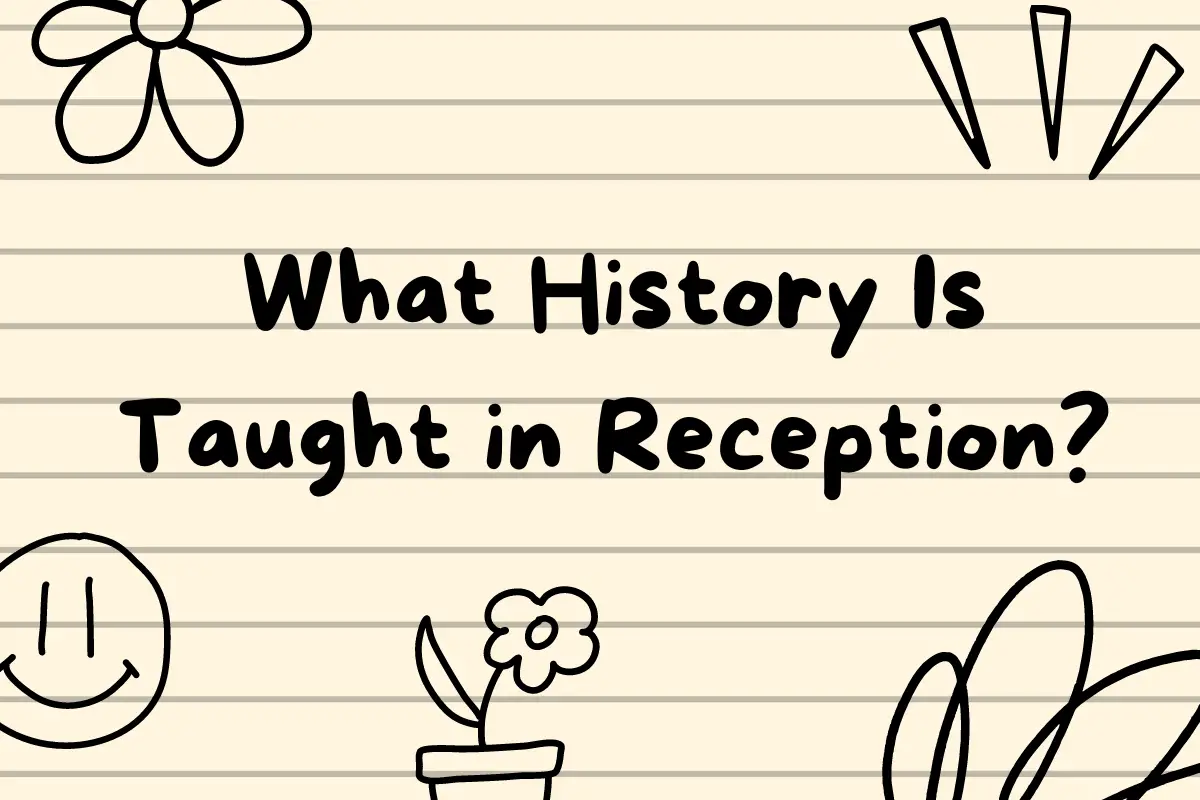
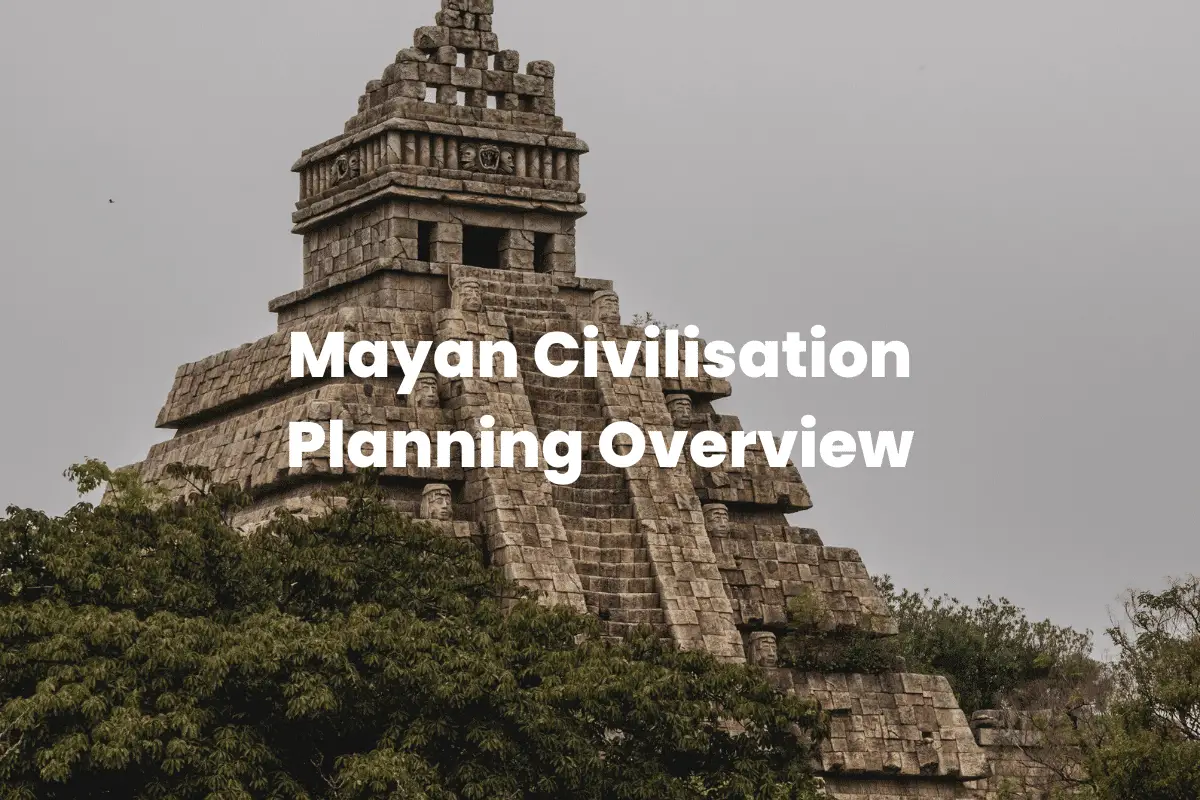
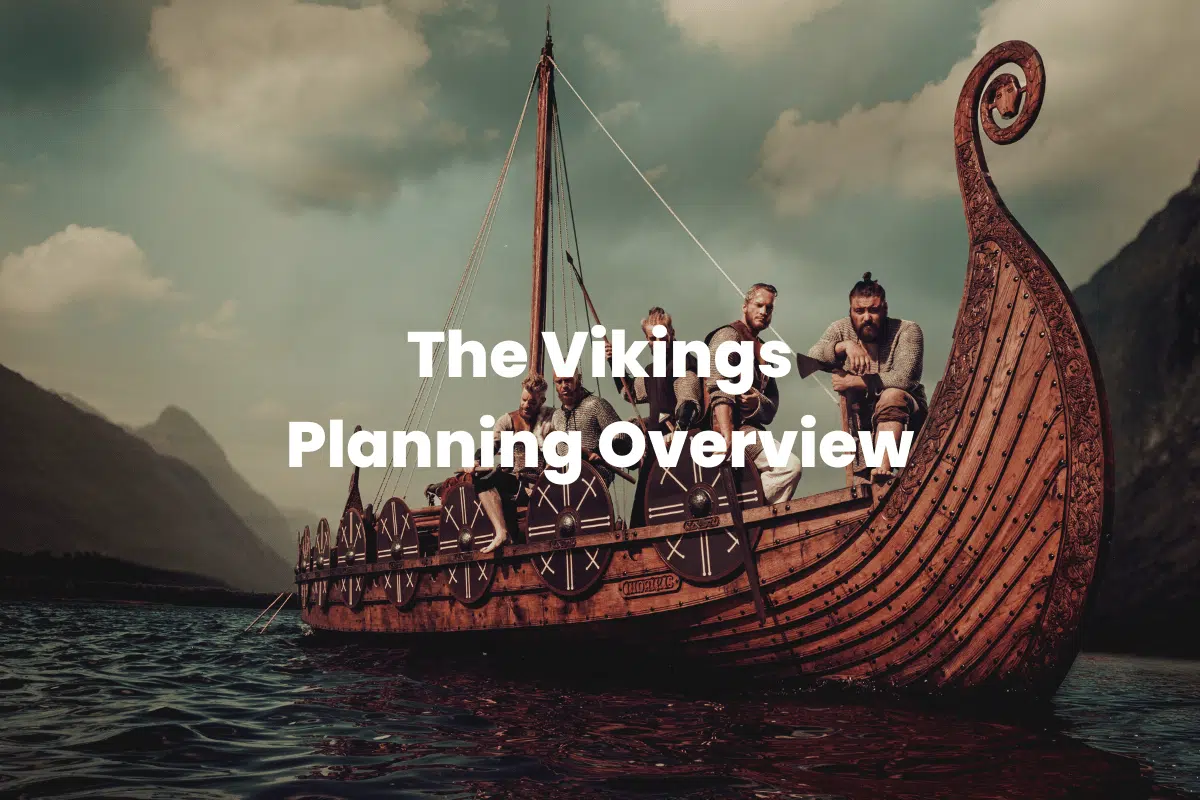

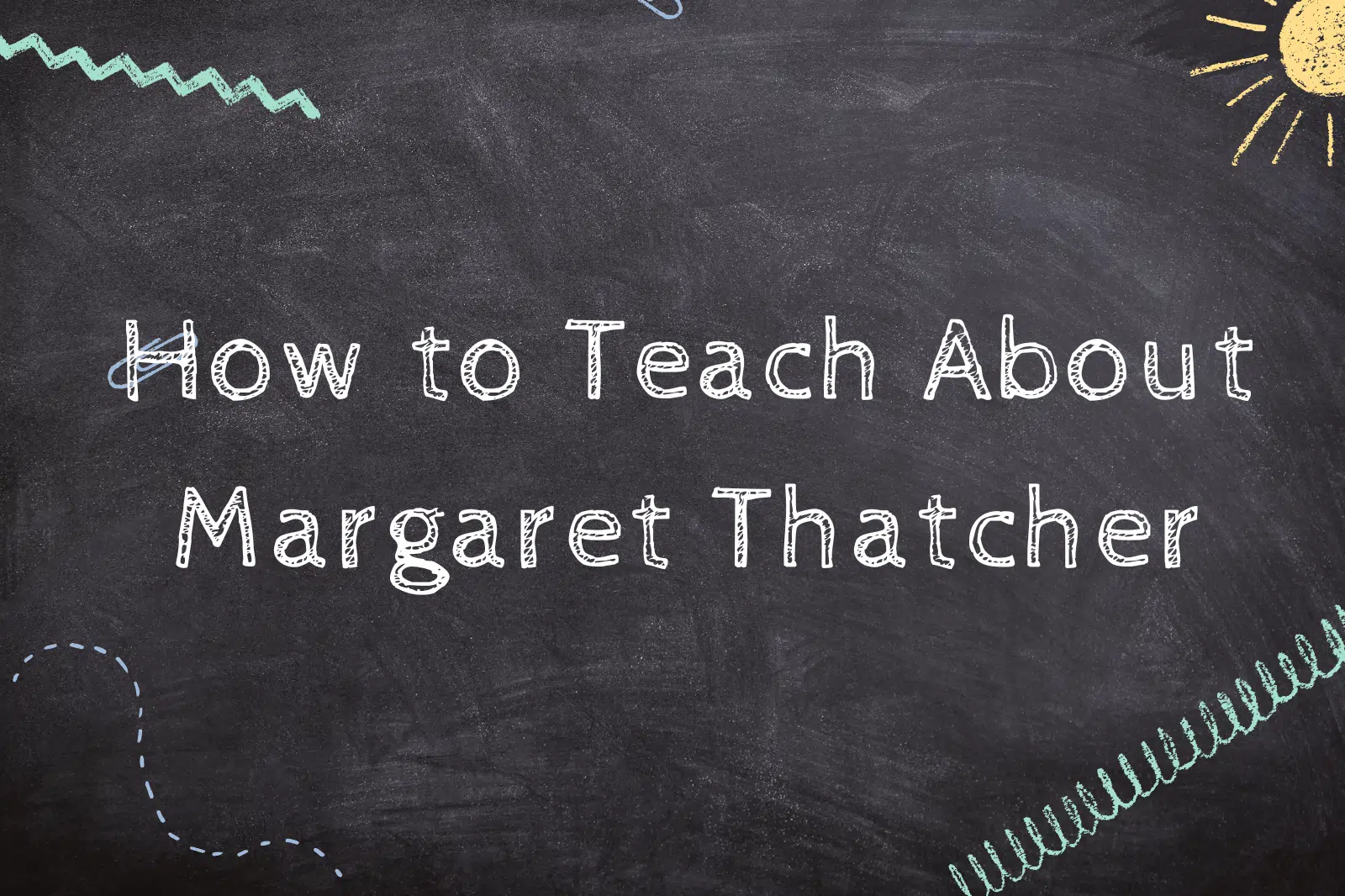


1 thought on “How to Promote Diversity In Our History Lessons”
Comments are closed.